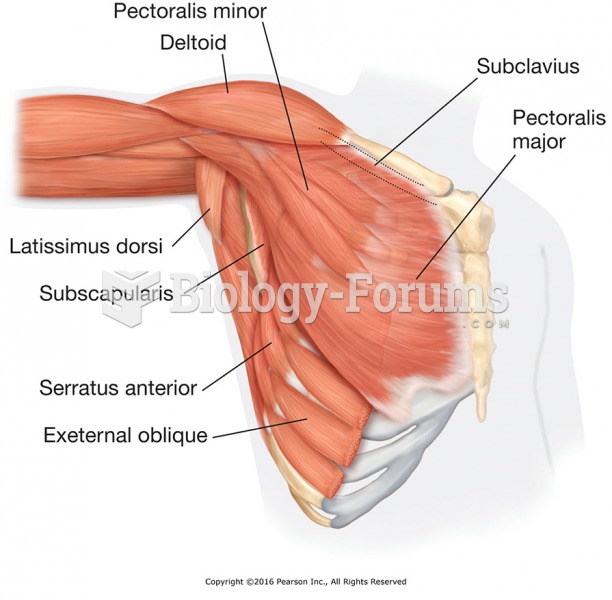Answer to Question 1
During the fifteenth and sixteenth centuries in Europe, when the Roman Catholic Church was under attack, witchcraft became a common explanation for deviant behavior. At one time, treatment was relatively mild for people who were seen as being involuntarily possessed by the devil. Exorcisms involving incantations, purges, fasting, and other rituals were used to restore people to sanity. Harsher treatments were reserved for those considered voluntarily in league with the devil. Eventually, the distinction blurred. In 1484, the pope called for the identification and extermination of witches. More than 100,000 people were executed. Historians suggest that mental disorders were at the roots of witchcraft persecution.
The Renaissance marked a time of increased rationality and concern about human welfare and dignity called humanism. Johann Weyer, a German physician, courageously challenged church teachings on witchcraft and argued that these people suffered from physical or social problems. Treatment of mentally ill people continued to be cruel throughout the 1600s and 1700s. At the beginning of the 1800s in France (Philippe Pinel), England (William Tuke), and the United States (Benjamin Rush), a new viewpoint called moral treatment came about. It argued that people who were treated humanely could be restored to sanity. Later, Dorothea Dix campaigned for reforms in mental hospitals and established hospitals for the poor in the United States. The treatment of mental patients has often been exposed as inadequate or heartless. Still, most people would agree that conditions are better today than at any time in the past.
Answer to Question 2
Distress can manifest itself in physical illnesses, such as asthma and hypertension, as well as in physical symptoms, such as fatigue and nausea, and in extreme or prolonged emotional reactions, such as anxiety and depression. Intense, exaggerated, and prolonged distress can interfere with a person's capacity to function effectively and can cause discomfort for the individual and for others around that individual. However, distress is a common, normal, and even healthy response to many situations and, by itself, is not sufficient to determine abnormality.
Deviance: Deviance is related to using a statistical average and considers behavior in terms of that which occurs least frequently, thus equating commonplace with healthy. Deviance can be interpreted subjectively and is affected by social norms, which are ever-changing, although some behaviors (e.g., disorientation, hallucinations, delusions) are typically considered abnormal. This criterion fails to look at the various types of rare behavior and whether all rare behavior is in need of treatment or change. Exceptional creativity is not what most people consider abnormal behavior. Furthermore, so many people are likely to be deviant that such a definition would label large portions of the population abnormal.
Dysfunction: Emotional problems sometimes interfere with the performance of people's every day roles (student, teacher, friend, employee, etc.). Another way to consider abnormality is when an individual's performance is below that individual's potential. However, it is difficult to assess potential accurately and to determine whether a person is performing at his or her peak. Additionally, cultures have expectations for individuals in society; those who fall well short of expected performance of roles might be seen as dysfunctional.
Dangerousness: Predicting a client's dangerousness to self and others has been a critical element of diagnosing abnormality. Unfortunately, predicting dangerousness is difficult and usually inaccurate, there are no clear-cut criteria correlated with it (although previous violent behavior is a strong risk factor), mental health professionals tend to overpredict dangerousness (which can result in unwarranted deprivation of an individual's rights), and in reality, it is a statistical rarity.
No matter what definition is used, subjective judgments abound. In practice, abnormality is defined when several signs of it are present.







